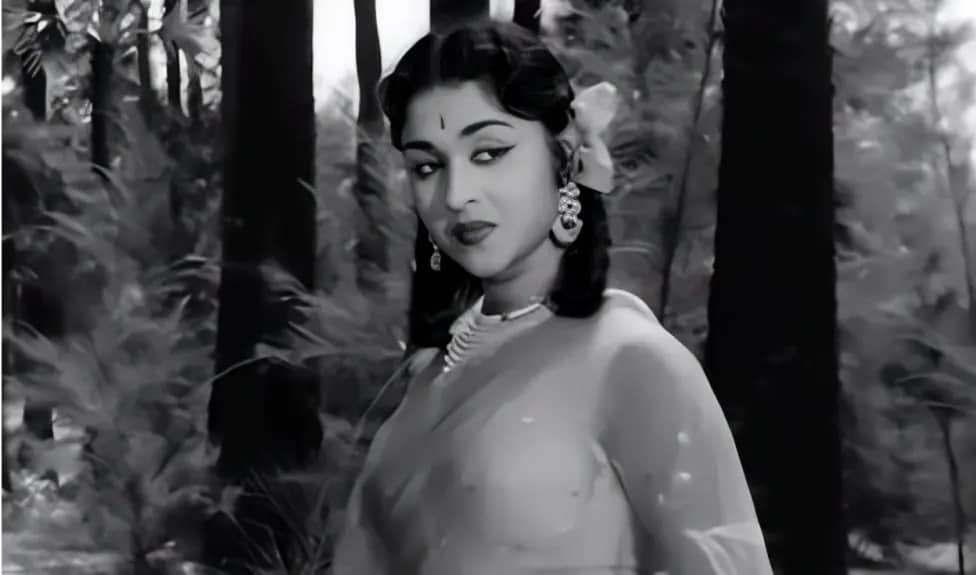Dadasaheb Phalke Introduction of life.

Dhundiraj Govind Phalke, famously known as Dadasaheb Phalke, holds a revered place in Indian history as the father of Indian cinema. He was the visionary who gave India its first full-length feature film, Raja Harishchandra, in 1913. His pioneering efforts laid the foundation for what would become one of the largest and most prolific film industries in the world. Dadasaheb Phalke was not just a filmmaker; he was a dreamer, an innovator, a craftsman, and a nationalist who used cinema as a means to instill pride and culture in the Indian psyche.
Early Life and Education
Dhundiraj Govind Phalke was born on April 30, 1870, in Trimbak, a town near Nashik in the Bombay Presidency (now in Maharashtra). His father, Govind Sadashiv Phalke, was a Sanskrit scholar and served as a professor at the Wilson College in Mumbai. Coming from a cultured and academically inclined family, young Dhundiraj was introduced to classical Indian arts and scriptures at an early age. This early exposure deeply influenced his later work, especially his interest in mythological themes.
Phalke’s formal education was diverse and extensive. He studied at the Sir J.J. School of Art, Bombay, in 1885 and later joined the Kala Bhavan of the Maharaja Sayajirao University of Baroda, where he specialized in photography, lithography, architecture, and drawing. This multidisciplinary education equipped him with the technical and artistic skills that would be crucial in his filmmaking career.
Early Career and Influences
Before venturing into cinema, Phalke had a colorful career in various fields. He worked as a photographer, stage set designer, and even ran a printing press. In 1890, he traveled to Germany to learn advanced printing techniques and became proficient in the art of photo-lithography and half-tone block making. He returned to India with a wealth of knowledge, ready to revolutionize Indian visual arts.
Phalke established his own printing business, the Phalke Engraving and Printing Works, in Lonavala. Unfortunately, after the sudden death of his first wife and children due to the plague, he experienced personal and professional setbacks. However, his resilient spirit led him to explore new avenues. It was around this time that he became intrigued by the world of cinema.
In 1910, Phalke watched The Life of Christ at the America-India Picture Palace in Mumbai. Deeply moved by the film, he wondered why similar representations of Indian gods and stories were absent on screen. This moment of realization inspired him to create Indian cinema, rooted in native culture and spirituality. He believed that films could serve as a powerful tool to revive and preserve Indian traditions and mythology during a time when British colonial influence was strong.
The Birth of Indian Cinema
Determined to bring his vision to life, Phalke sold his printing business and even pawned his wife’s jewelry to finance his dream. In 1912, he traveled to England to study the process of filmmaking. He learned about cinematography, film processing, editing, and special effects. After his brief but enlightening stay in London, he returned to India with the necessary equipment, including a Williamson camera and raw film stock.
Back in India, Phalke assembled a small crew and began working on India’s first full-length feature film, Raja Harishchandra. Based on a story from the Mahabharata, the film depicted the tale of the truthful king Harishchandra who sacrifices everything for the sake of honesty. It was a deeply moralistic and religious tale, echoing traditional Indian values.
Filming was not easy. Phalke faced tremendous challenges, including a lack of trained actors. At the time, acting was not considered a respectable profession, especially for women. As a result, male actors had to perform female roles. Salunke, a young man working in a hairdressing salon, was cast in the female lead of Queen Taramati.
After months of effort, Raja Harishchandra premiered on May 3, 1913, at the Coronation Cinema in Bombay. It was a silent film, 40 minutes long, and entirely Indian in production. The film was a massive success and marked the beginning of Indian cinema.
Formation of the Phalke Film Company
Buoyed by the success of his debut film, Phalke established the Phalke Film Company in 1913. Between 1913 and 1918, he went on to produce a string of mythological and historical films, such as:
- Mohini Bhasmasur (1913)
- Satyavan Savitri (1914)
- Lanka Dahan (1917)
- Shri Krishna Janma (1918)
These films were inspired by Indian epics like the Mahabharata and Ramayana. Audiences loved them because they were stories they were familiar with, now brought to life on screen. Phalke’s films helped promote Indian culture and values during a time when the country was under colonial rule.
Phalke was a true one-man army. He directed, scripted, designed sets, did cinematography, edited, and even handled makeup and special effects. His innovation and creativity were boundless. For example, in Lanka Dahan, he used double exposure to show the same actor (Salunke) playing both Rama and Sita in the same frame — a groundbreaking visual effect at the time.
Challenges and Decline
Despite his early success, Phalke’s later years were marked by difficulties. After World War I, the Indian film industry started to grow rapidly, attracting investors and businessmen who were more interested in profits than art. As commercial filmmaking gained momentum, Phalke found it difficult to adapt to the changing industry.
In 1918, he merged his company with others to form the Hindustan Cinema Films Company. However, creative differences and corporate interference in his work frustrated Phalke. He temporarily withdrew from filmmaking and wrote a play titled Rangbhoomi, reflecting his disillusionment.
He returned to the industry briefly in the 1920s and produced more films, including Setu Bandhan (1932), one of the earliest Indian talkies. But by then, the industry had moved toward sound films, and Phalke, who specialized in silent mythological films, struggled to keep up. His influence waned, and he gradually faded into obscurity.
Later Life and Legacy
Dadasaheb Phalke spent his final years in Nasik, largely forgotten by the very industry he helped create. He passed away on February 16, 1944, at the age of 73.
However, his contributions were not lost to history. In 1969, the Government of India instituted the Dadasaheb Phalke Award, the highest honor in Indian cinema, awarded annually to individuals for lifetime contribution to Indian cinema. This prestigious award serves as a lasting tribute to his pioneering spirit and dedication.
Philosophy and Vision
Phalke believed that cinema was not just entertainment, but a medium of cultural expression and national pride. His films often featured moral tales drawn from Hindu mythology, instilling virtues like truth, sacrifice, and devotion.
In a time of colonial oppression, Phalke’s decision to tell Indian stories through an Indian lens was revolutionary. He saw cinema as a tool for cultural revival and national identity. His work laid the ideological and aesthetic foundation for future filmmakers in India.
Phalke was also a master of jugaad (creative improvisation). With limited resources, he managed to create compelling films by inventing techniques for visual effects, editing, and make-up. His creative problem-solving is admired even today in an era of digital filmmaking.
Impact on Indian Cinema
Dadasaheb Phalke’s legacy is enormous. He inspired generations of filmmakers who followed in his footsteps. Some of the key ways he impacted Indian cinema include:
- Cultural Revivalism: His use of mythological narratives helped revive Indian folklore and spirituality.
- Technical Innovation: He introduced filmmaking techniques that were ahead of his time.
- Pioneering Spirit: He demonstrated that India could produce its own films without foreign help.
- Establishing a National Industry: He laid the groundwork for a distinctly Indian film industry that could compete on a global level.
Conclusion
Dadasaheb Phalke was a man far ahead of his time. In an era when India was struggling for its identity under British rule, he gave the nation a voice through cinema. His passion, courage, and ingenuity not only created an industry but also gave Indians stories they could see and believe in. Though his later years were marked by neglect, the resurgence of appreciation for his work ensures that he remains immortal in the annals of Indian culture.
His story is one of vision, struggle, and unyielding determination — the story of a man who dreamt of a cinema for Indians, by Indians, and gave birth to an art form that today entertains billions.




3 thoughts on “Dadasaheb Phalke: The Father of Indian Cinema.”